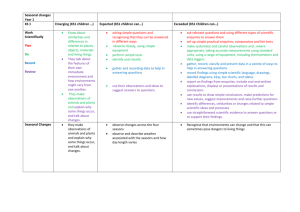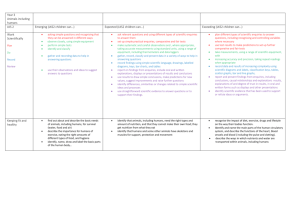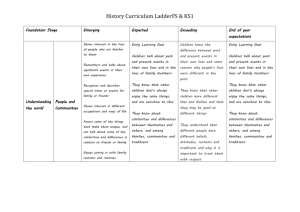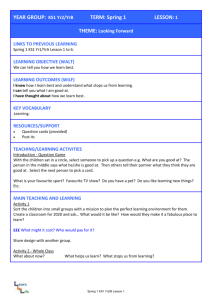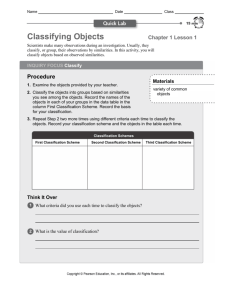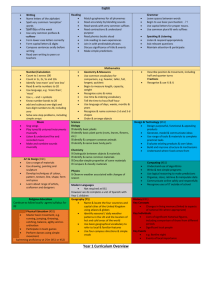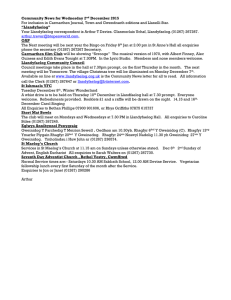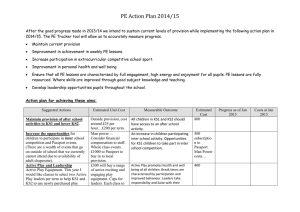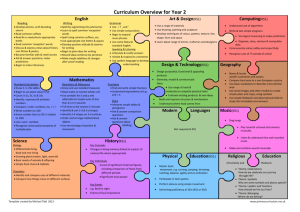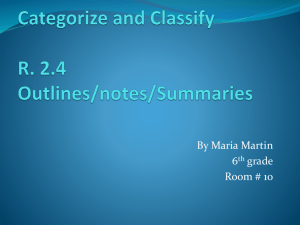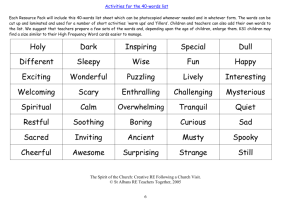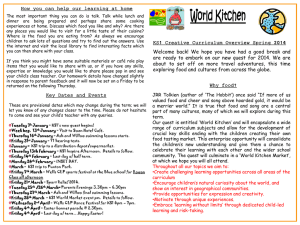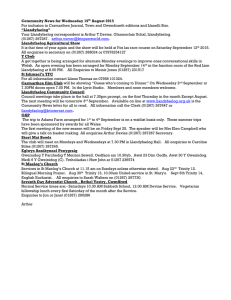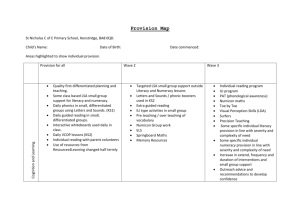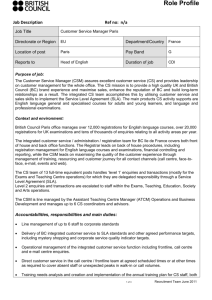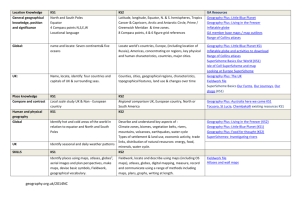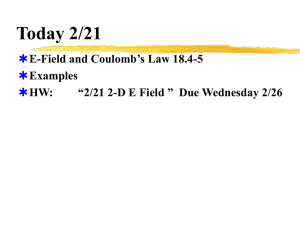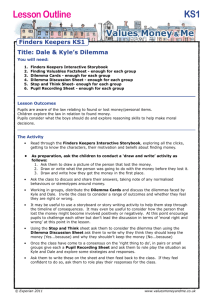Year 2 Animals including humans
advertisement
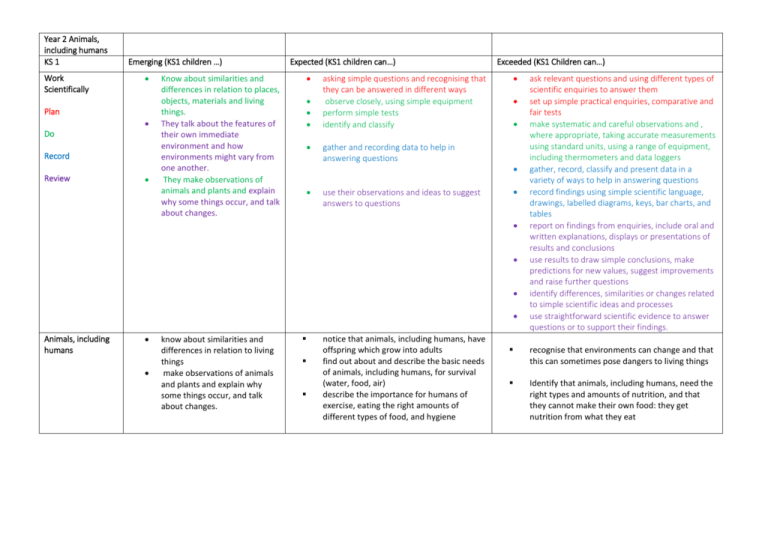
Year 2 Animals, including humans KS 1 Work Scientifically Emerging (KS1 children …) Plan Do Record Review Know about similarities and differences in relation to places, objects, materials and living things. They talk about the features of their own immediate environment and how environments might vary from one another. They make observations of animals and plants and explain why some things occur, and talk about changes. Expected (KS1 children can…) asking simple questions and recognising that they can be answered in different ways observe closely, using simple equipment perform simple tests identify and classify gather and recording data to help in answering questions use their observations and ideas to suggest answers to questions Exceeded (KS1 Children can…) Animals, including humans know about similarities and differences in relation to living things make observations of animals and plants and explain why some things occur, and talk about changes. notice that animals, including humans, have offspring which grow into adults find out about and describe the basic needs of animals, including humans, for survival (water, food, air) describe the importance for humans of exercise, eating the right amounts of different types of food, and hygiene ask relevant questions and using different types of scientific enquiries to answer them set up simple practical enquiries, comparative and fair tests make systematic and careful observations and , where appropriate, taking accurate measurements using standard units, using a range of equipment, including thermometers and data loggers gather, record, classify and present data in a variety of ways to help in answering questions record findings using simple scientific language, drawings, labelled diagrams, keys, bar charts, and tables report on findings from enquiries, include oral and written explanations, displays or presentations of results and conclusions use results to draw simple conclusions, make predictions for new values, suggest improvements and raise further questions identify differences, similarities or changes related to simple scientific ideas and processes use straightforward scientific evidence to answer questions or to support their findings. recognise that environments can change and that this can sometimes pose dangers to living things Identify that animals, including humans, need the right types and amounts of nutrition, and that they cannot make their own food: they get nutrition from what they eat
